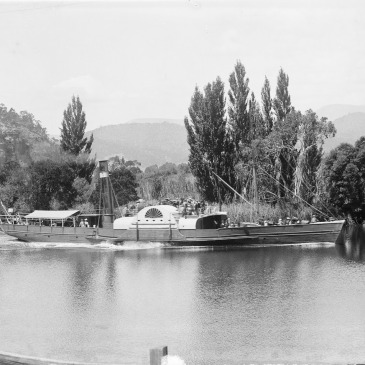Treasures passed down from Captain Edward Goldsmith and Captain James Day
To contemporary Western eyes, each of these two carved ornaments might look like 19th century funerary artefacts, flower vases for example, which were customarily placed on the graves of the dearly departed. To the Sinophile, however, they are more likely to be brush washers used by a calligrapher or a watercolourist. Each appears to have a narrow pot and a wider one carved deep into the interior of the chunk of stone, where the narrow one might have held the brushes, and the wider pot the water to wash them. The age of these two “vases” – assuming their provenance goes back as gifts to the two daughters of Captain James Day in the 1860s-1870s – is at least 150 years old, and perhaps much older. If they were gifted as a pair of brush washers, why would they be deemed appropriate for these two young sisters? The answer now seems quite obvious: they were the colourists working in Thomas J. Nevin’s studio at 140 Elizabeth Street, Hobart from the late 1860s when Elizabeth Rachel Day became Thomas J. Nevin’s fiancée … … More Treasures passed down from Captain Edward Goldsmith and Captain James Day




You must be logged in to post a comment.